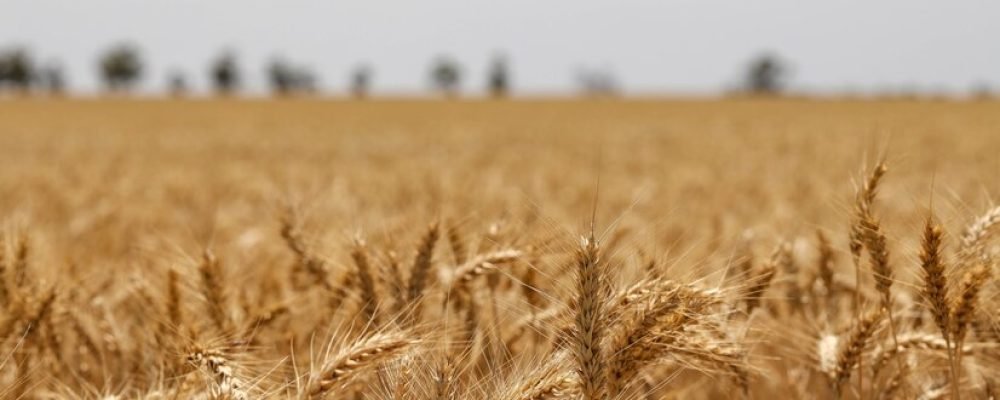The Benefits of Crop Rotation and How the Right Seeds Play a Role
Table of Contents

The Benefits of Crop Rotation and How the Right Seeds Play a Role
Crop rotation is an ancient farming practice that remains as relevant today as it was centuries ago. The idea is simple: grow different types of crops in the same area across different seasons or years to improve soil health, reduce pest buildup, and increase overall farm productivity. But what role do seeds play in crop rotation, and how can the right seeds ensure success?
What is Crop Rotation?
Crop rotation involves planting different types of crops in a specific order on the same plot of land. This practice helps reduce the depletion of soil nutrients, minimizes the risk of pests and diseases, and promotes a healthier, more sustainable farming environment.
For example, a farmer may plant corn in one season, followed by soybeans the next. Corn depletes certain nutrients from the soil, while soybeans add nitrogen back into the soil, thus maintaining a balanced and fertile environment for the crops that follow.
Why Crop Rotation is Important
- Improves Soil Health Each crop species has different nutrient requirements. By rotating crops, you prevent the soil from becoming depleted of specific nutrients, which can lead to poor yields. Certain crops, like legumes, even help replenish essential nutrients like nitrogen, which benefits future crops.
- Reduces Pest and Disease Risks Growing the same crop year after year can encourage pests and diseases to accumulate in the soil. Crop rotation helps break the lifecycle of pests, reducing their numbers and minimizing the risk of disease outbreaks.
- Increases Biodiversity Growing a variety of crops encourages biodiversity, which is crucial for the health of the ecosystem. Diverse plant life supports beneficial insects, birds, and other wildlife that help maintain a balanced farm environment.
- Improves Yields Over time, crop rotation leads to improved soil fertility and reduced pest pressure, which can result in higher yields. Healthy, fertile soil produces stronger, more resilient crops.
How the Right Seeds Impact Crop Rotation
While crop rotation is a critical farming practice, it is only effective when the right seeds are chosen for each crop cycle. Selecting seeds that are well-suited to your soil, climate, and rotation schedule is essential for maximizing the benefits of crop rotation.
For instance, some crops may need more nutrients than others. By selecting seeds that are well-suited for the soil’s nutrient profile at any given time, farmers can avoid overusing certain nutrients. Additionally, choosing seeds that are resistant to pests and diseases can further minimize risks during crop rotation.
At Arjun Seeds, we offer a wide selection of seeds tailored to specific growing conditions, helping farmers select the best options for each phase of their crop rotation cycle. Our seeds are designed to promote soil health, improve yield, and help manage pest and disease issues effectively.
Crop Rotation Tips for Success
- Plan Ahead: Understand the nutritional needs of each crop and plan your rotations accordingly.
- Choose the Right Seeds: Select seeds that are suited to your local environment and soil conditions.
- Diversify Your Crops: Grow a variety of crops to encourage biodiversity and reduce the risk of pests and diseases.
- Monitor Soil Health: Regularly test soil to ensure it’s getting the nutrients it needs, and amend as necessary.
Conclusion
Crop rotation is a powerful farming practice that can improve soil health, boost yields, and reduce pest pressures. However, to reap the full benefits of crop rotation, choosing the right seeds is key. At Arjun Seeds, we provide a range of high-quality seeds that complement your crop rotation strategy, ensuring that your farm remains healthy, productive, and sustainable for years to come. Choose the right seeds—ensure the success of your crop rotation and future harvests.
